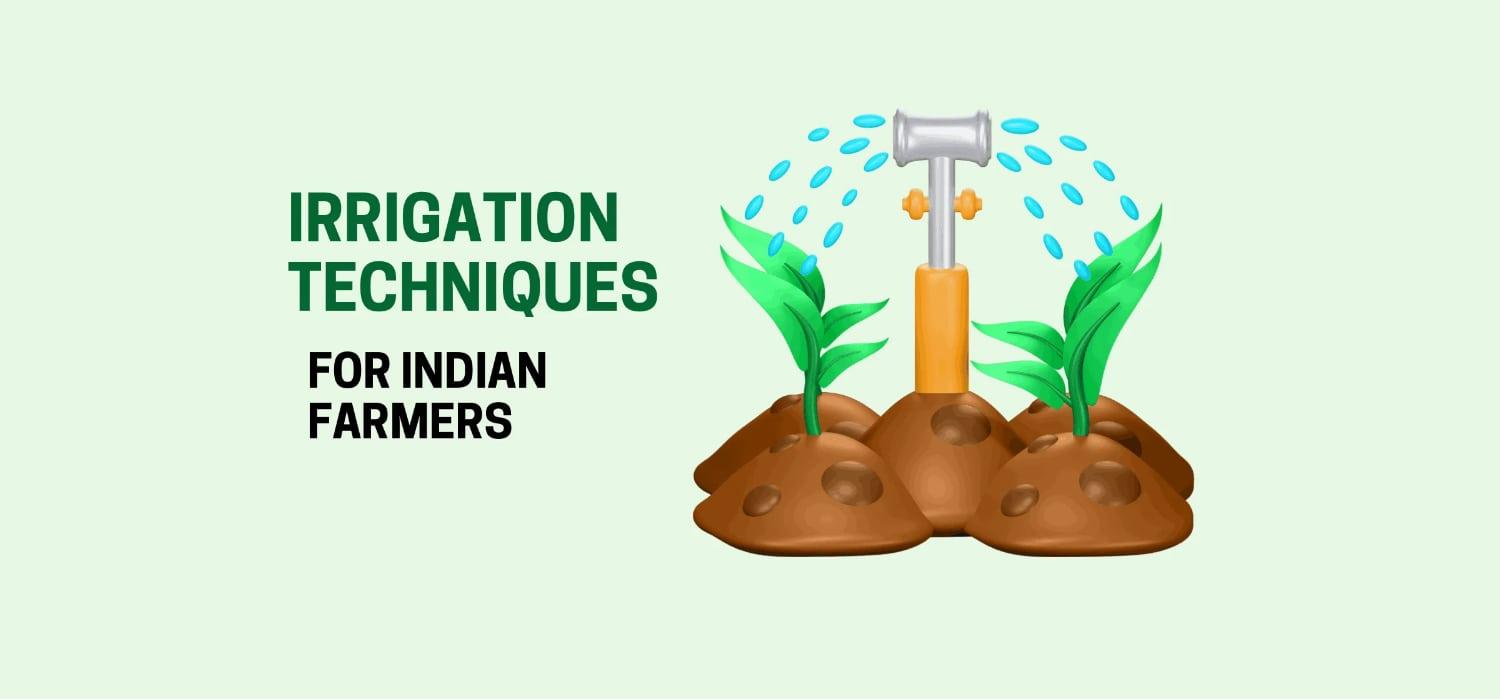Cart (0)
No products in the cart.

Introduction
Indian agriculture is not just a sector of the economy; it's a way of life for millions of farmers who depend on it for their livelihoods. With varying climatic conditions and water availability, choosing the right irrigation technique is crucial for their success. In this comprehensive guide, we will explore the various irrigation techniques available to Indian farmers and help them make informed choices.
Before delving into specific irrigation methods, it's essential to grasp why irrigation matters. India's agricultural productivity heavily relies on timely and efficient irrigation. Adequate water supply ensures:
Now, let's explore the different irrigation techniques suitable for Indian farmers.
Drip irrigation is a highly efficient method that delivers water directly to the base of each plant, minimizing water wastage. Some advantages include:
Drip irrigation is ideal for cash crops like cotton, sugarcane, and vegetables, where water efficiency and precise nutrient delivery are crucial.
Sprinkler irrigation involves spraying water over the crops in the form of droplets. Its advantages include:
This method is suitable for wheat, maize, and soybean cultivation, where even water distribution is essential.
Flood irrigation is a traditional method that involves flooding the field with water. Its advantages include:
Rice, jute, and oilseeds thrive in flood irrigation as they can withstand waterlogging for short periods.
Subsurface irrigation involves delivering water below the ground surface. Its advantages include:
Crops such as tomatoes, potatoes, and citrus fruits benefit from subsurface irrigation due to reduced weed competition.
Rainwater harvesting involves collecting and storing rainwater for irrigation purposes. Its advantages include:
Rainwater harvesting can supplement the irrigation needs of various crops, making it a versatile option for Indian farmers.
Choosing the right irrigation technique is a critical decision for Indian farmers. Each method has its unique advantages, and the choice should depend on factors like crop type, field size, and water availability. By adopting efficient irrigation practices, Indian farmers can ensure higher yields, better crop quality, and a sustainable future for agriculture in the country.
Assess your crop type, field size, and water availability. Consult with agricultural experts to make an informed decision.
While the initial setup cost can be higher than traditional methods, the long-term savings in water and fertilizer make it a cost-effective choice.
Rainwater harvesting can be implemented in most regions of India, but its effectiveness may vary based on local rainfall patterns and infrastructure.
In summary, selecting the right irrigation technique is a crucial step for Indian farmers to maximize their agricultural productivity while conserving precious water resources. Each method offers distinct benefits, and the choice should align with the specific needs of the farm and the local environment.